A dive into the world of Jean-Georges Vongerichten
On a recent city trip to New York, I discovered the cuisine of Jean-Georges Vongerichten, legendary world-class chef. I hear his name uttered in several places with respect and admiration. Jean-Georges, as New Yorkers call him, is responsible for the operation and success of 60 restaurants scattered around the world. He also runs a food hall, writes cookbooks and is a frequent guest on cooking shows. New York is now his home base. I am triggered and dive into the world of genius chef Jean-Georges Vongerichten.
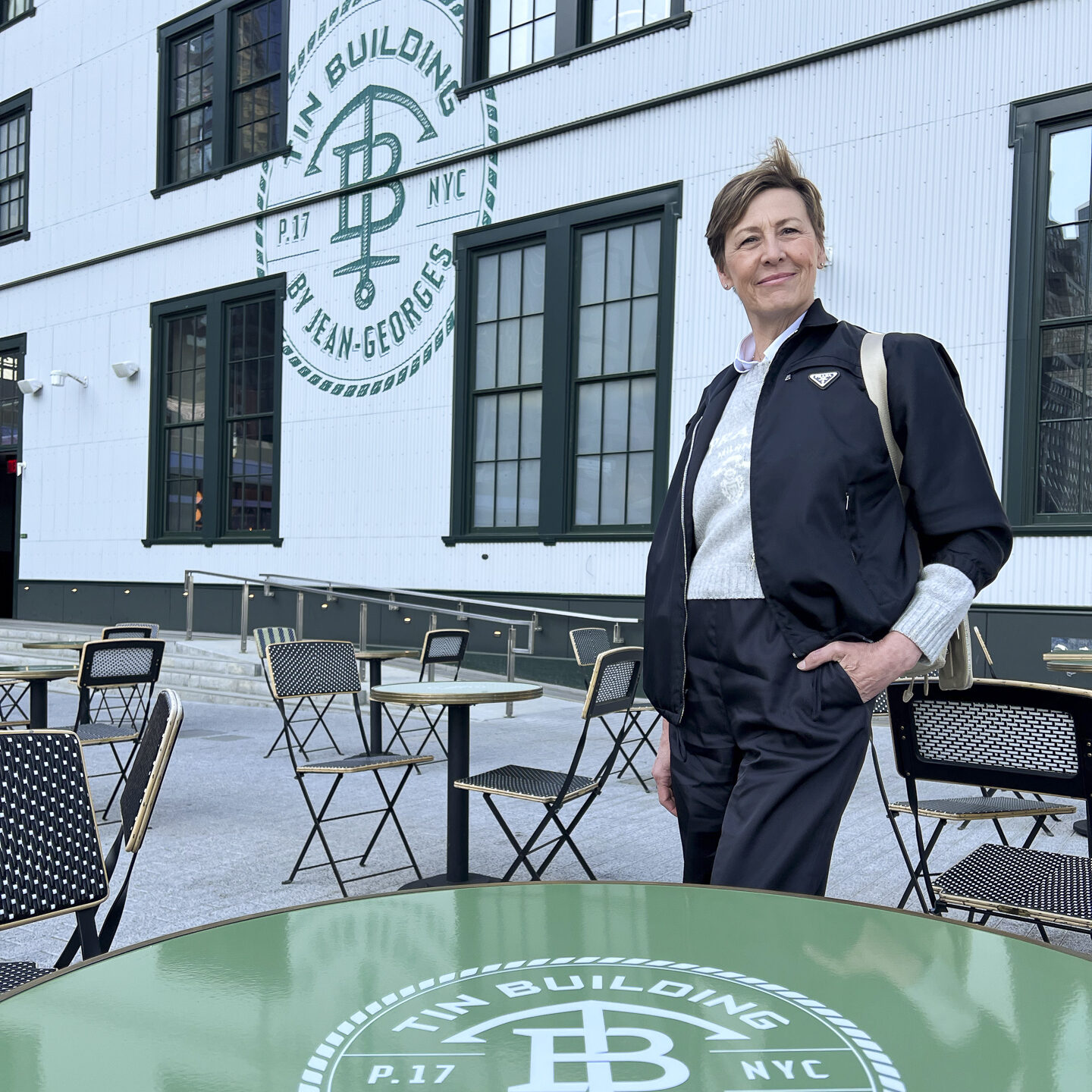
Who is Jean-Georges Vongerichten?
As I mentioned, Jean-Georges Vongerichten is a world-class chef. After an apprenticeship with France's premier chefs, he evolved into an influential chef himself. Here is the story of his fascinating life.
The young life of JGV
Jean-Georges grew up in Alsace, not far from Strasbourg, surrounded by a large family. His father is a coal merchant. Three generations of the family live under the same roof. From an early age, he is fascinated by his mother's meticulous precision. Every day she makes a hearty lunch for 40 people, followed by a more basic supper for 20. Every day promptly at 12:30 p.m. and at 7:30 p.m., everyone is seated at the table. Her preparations are simple but flavorful, with a touch of acidity, and made with quality fresh produce. He observes her, tastes her dishes and develops an impeccable sense of taste. His mother is his number one mentor and forty of his favorite dishes were her recipes.
To become a chef
Jean-Georges does not excel at school. He is even expelled at the age of 15, to the despair of his father, who saw in him his successor in the coal business. In 1973, Jean-Georges secures an apprenticeship with Chef Paul Haeberlin at Auberge de l'Ill, the only three-star restaurant in Alsace at the time. There he develops his passion for the kitchen and, after a two-year apprenticeship under Chef Paul's supervision, passes the apprentice exam with flying colors. Jean-Georges learns all the basic preparations under Chef Paul but also the ins and outs of foie gras and caviar.
From there he goes to l'Oasis, the Michelin-starred restaurant of avant-garde chef Louis Outhier. There he learns to cook à la minute. Outhier will later play a crucial role in the career of his protégé Jean-Georges. Under the wings of Paul Bocuse, he mastered the most traditional dishes of French gastronomy and learned all about raw ingredients. Chef Witzigmann of Aubergine in Munich, teaches him everything about teamwork and creativity.
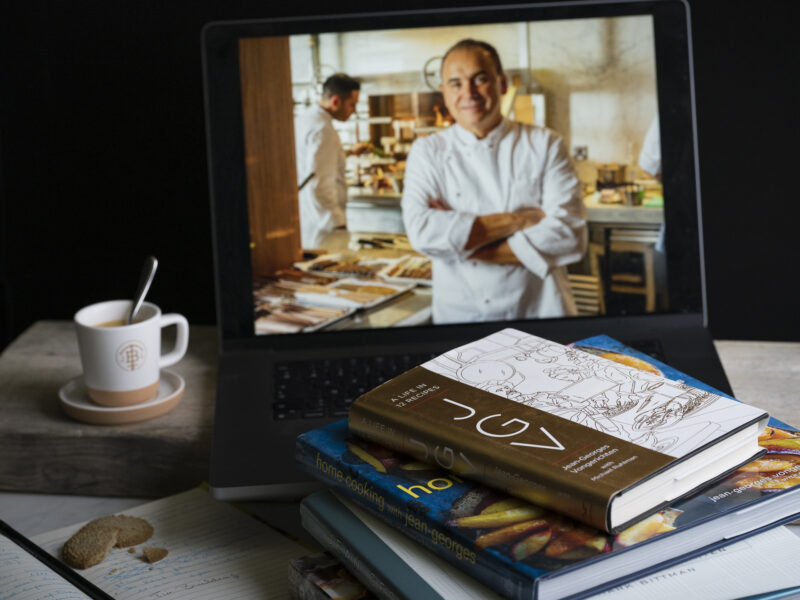
International career
Louis Outhier calls on Jean-Georges for help to open a new restaurant in Bangkok. The curious young chef loves to travel and seizes the opportunity with both hands. From Thailand, he explores India, Vietnam and Cambodia. Outhier sends him on to Singapore, Hong Kong and Japan. He opens seven more restaurants over the next three years until he ends up in the United States.
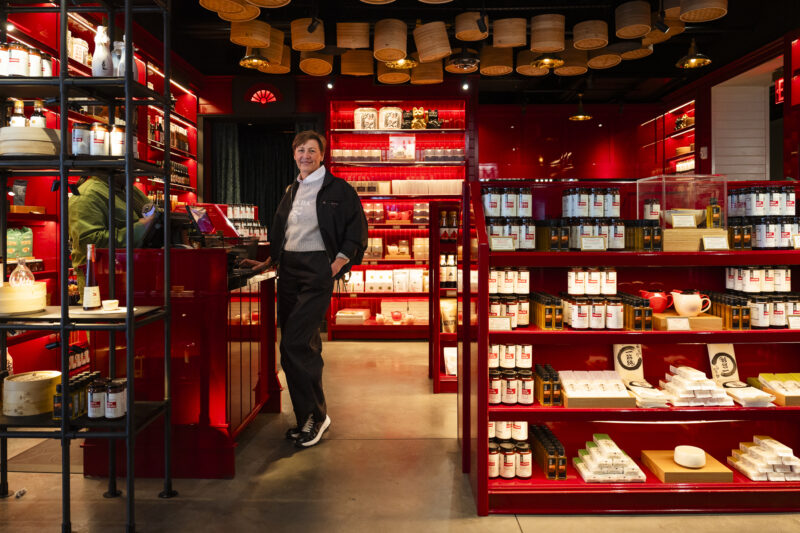
The cooking style of Jean-Georges
Jean-Georges develops in Asia a deep knowledge of and love for exotic flavors and aromas. He discovers new vegetables, fruits and spices, as well as new cooking techniques. With his experiences in various world cuisines, he abandons the classic style of French gastronomy. In his kitchens, herb vinaigrettes replace traditional, rich cream sauces. Instead of strong fonds and broths, Jean-Georges uses vegetable juices and light infusions. His world vision and creativity are an inspiration to chefs worldwide.
Restaurant Jean-Georges
The jewel in the crown in the world of JGV is undoubtedly the restaurant that bears its name: The Jean-Georges. This temple of gastronomy is adjacent to Central Park and has been awarded two Michelin stars. At the Jean-Georges restaurant, the top chef brings inventive, seasonal dishes that are a blend of French, American and Asian influences.
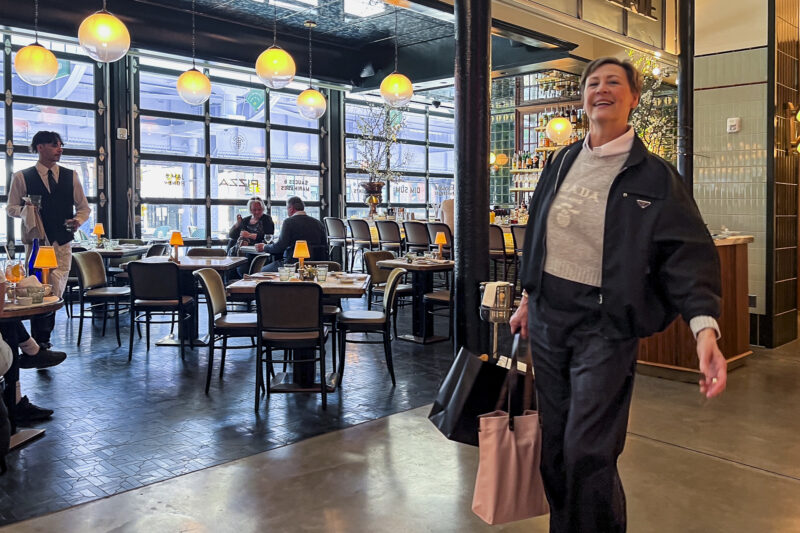
Exploring the world of Jean-Georges in New York
In New York, 11 restaurants and a food hall bear the signature of Jean-Georges Vongerichten. I explored a few icons.
ABC Kitchen
Located near lively Union Square, ABC Kitchen carries a mantra of fresh, organic and local. The menu changes according to seasonal offerings. You won't get vegetables grown with pesticides and fertilizers or that have been genetically altered on your plate. With meat and fish, you won't find traces of hormones or antibiotics, and the animals are treated humanely. I enjoy a delicious lunch of roasted carrots with cumin and avocado, a dish inspired by Jean-Georges' experiences in Morocco at the time of his military service. I ordered a side of grilled chicken and hand-cut fries with garlic and herbs. The dressing is tangy and light. Jean-Georges' cuisine fascinates me, and I set to work at home.
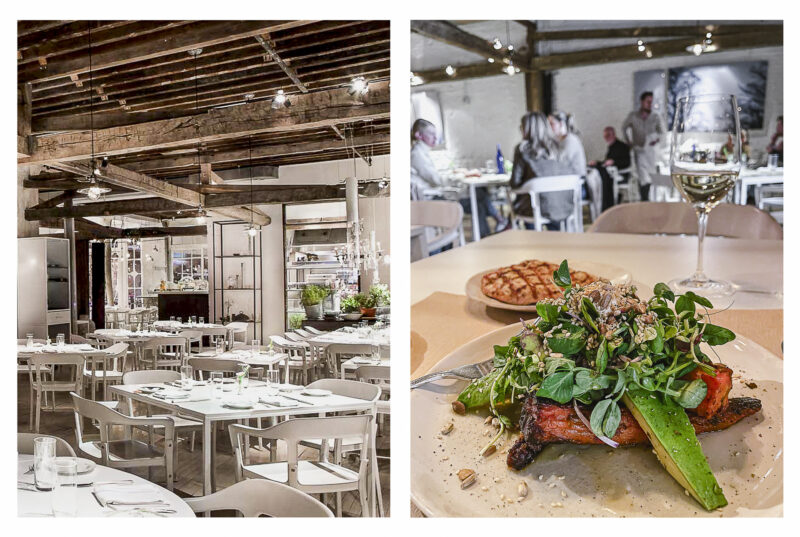
Tin Building
The Tin Building is the unmissable new culinary hotspot in Lower Manhattan. The project is Jean-Georges' tribute to the city of New York where he reached the pinnacle of his career after years of travel and hard work. This is where Jean-Georges' life comes together in all its aspects. His French roots can be found in the restaurant T. Brasserie and his experiences in Asia in the Shikku sushi bar and the Chinese restaurant House of The Red Pearl. The beautiful fish and oyster bar is a nod to his first visit to the Fulton Fish Market upon his arrival in New York. The arrangement of the various food stalls and counters create the atmosphere of a Saturday market in the south of France. You can buy bread and pastries, Spanish ham and cheese, fresh fish, herbs, fruits and vegetables, coffee and much more.
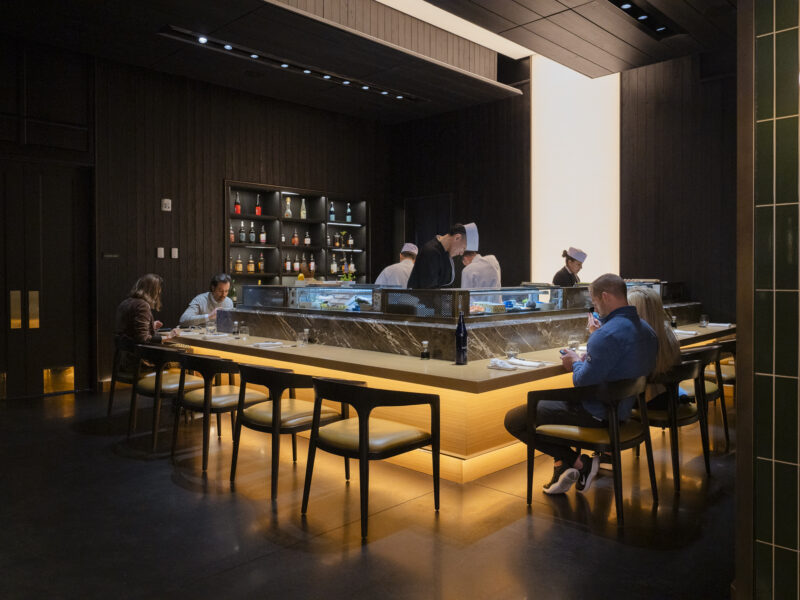
Seeds & Weeds
I am curious to see what Seeds & Weeds has to offer. This restaurant in the Tin building is the extension of Jean-Georges' ABCV, his first vegetarian restaurant. With Seeds & Weeds, Jean-Georges moves further down the path to plant-based food. The dishes are 100% vegetarian and vegan and are an expression of the "fresh-organic-local" motto.
We enjoy an aromatic hazelnut and bell pepper dip with grilled shishito peppers. With that comes freshly baked pita bread made with small spelt flour. This is followed by crispy fried artichoke hearts with Meyer lemon and a saffron and rose-based aioli. I like the dish so much that I go to the open kitchen and try to get a few tips from the sous-chef. I succeeded somewhat. We finish with flavorful skewers of morels and tofu. The skewers are glazed with a sesame-based marinade and served with an herb mayonnaise and pickled radish.
I make my version of the artichoke dish at home thanks to the tips I was given by the sous-chef.
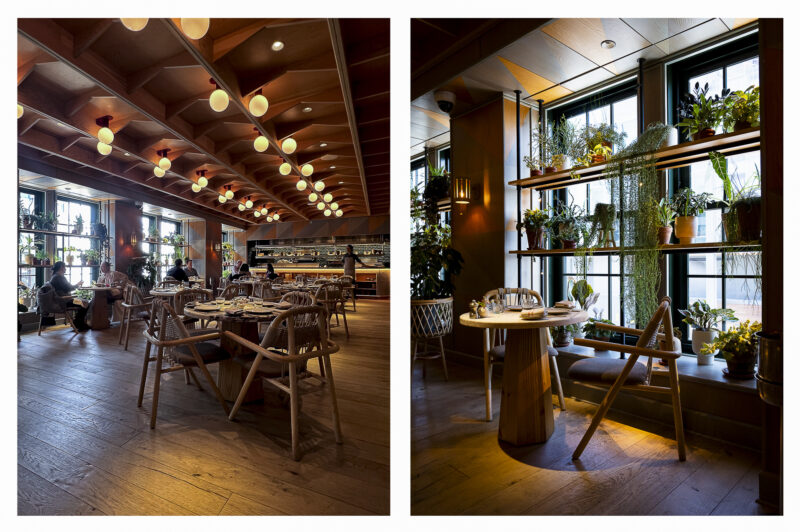
Next Generation: Cedric Vongerichten
The Vongerichten story does not end with Jean-Georges. His son Cedric, born in Bangkok, Thailand, in 1981, is successfully following in his famous father's footsteps.
Cedric’s career
Cedric Vongerichten's career begins at a tender age, playing in his father's kitchen as a child. Unlike JGV, he enjoys formal training at the Culinary Institute of America. He cooks, learns and refines his knowledge in restaurants in the Bahamas, London, Hong Kong and Barcelona. His father entrusts him with the position of sous-chef at his prestigious restaurant Jean-Georges.
Wayan
Wayan means the firstborn in Indonesian. It is the first in-house restaurant of Cedric and his Indonesian wife.
Didier and I walk from SoHo to Nolita and step into the no-nonsense restaurant with wooden interiors and warm tones. There is a friendly welcome, and the waiter explains the menu with knowledge of ingredients and cooking methods. We enjoy a delicious tartare of yellowtail with crispy black rice and green sambal. Next, we have two types of satays. The skewers with scallops, chili pepper and kaffir lime are as delicious as those with pork, pickled radish and ketjap manis. We finish with a plate of crispy baby squid and a salad of sweet mango and cucumber with cashew nuts and chili vinaigrette. Cedric Vongerichten's Indonesian cuisine with a French touch has earned a worthy place in Manhattan's hectic restaurant world.
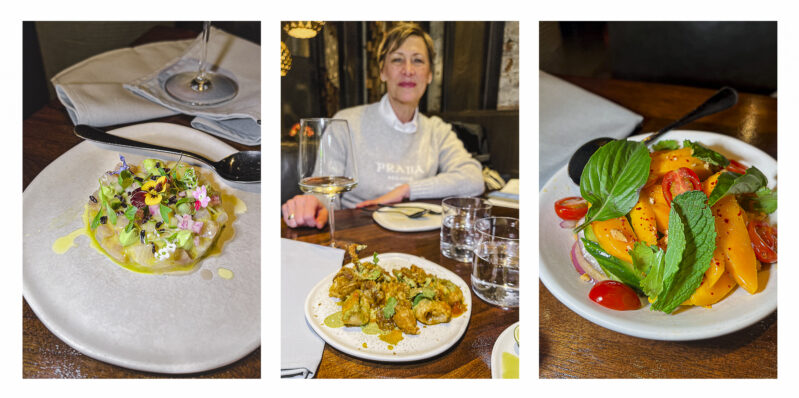
After a trip to New York, it’s time to discover my best addresses in London